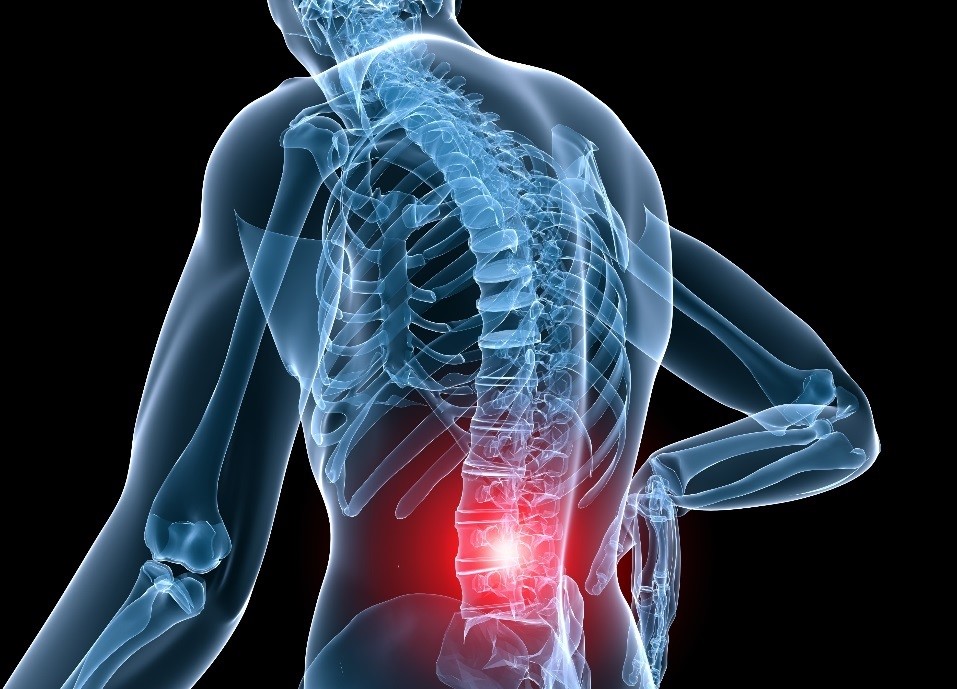Orthopedic Rehabilitation Procedures:
It is based on the recovery of joint range of motion and the elimination of inflammation and pain, and followed by functional training centered on proprioceptive training and comprehensive motor and sensory training; at last, the patient’s function is fully restored through the training of abilities of daily living.

1. Early Phase – conservative period, inflammatory period (within 3 weeks after surgery)
(1) Pain relief: analgesic (oral medication, analgesic pump); physical therapy.
(2) Relieve the swelling of the affected limb: compression bandaging; passive: raising the affected limb, physiotherapy, CPM, lower extremity venous pump; active: isometric muscle strength training.
(3) Muscle atrophy mitigation: isometric contraction.
2. Mid Phase – cartilaginous callus period (3-6 weeks after surgery)
(1) Increase joint range of motion: passive joint movement; main-auxiliary joint movement.
(2) Muscle strength training: static muscle strength training; upper limb unloaded activities of daily living training; lower limb closed chain muscle strength training.
3. Late Phase - hard callus stage (6 - 12 weeks after surgery)
(1) Increase joint range of motion: wax therapy, hot packs; joint stretching (manipulation, braces); joint mobilization.
(2) Enhanced muscle strength training (depending on fracture healing): free-hand exercises; (non-loaded) activities of daily living training; resistance muscle strength training.
4. Late Phase – Moulding Period (12 weeks after surgery)
(1) Increase the joint range of motion to the normal range: active and passive joint movement; gravity traction; braces.
(2) Enhanced muscle strength training: isometric muscle strength training, isotonic muscle strength training-progressive resistance, isokinetic muscle strength training.
5. Late Phase – Enhanced comprehensive ability training of limbs (12 weeks after surgery)
(1) Upper limbs: joint movement coordination training, hand dexterity training
(2) Lower limbs: proprioceptive function training; muscle coordination function and balance training; gait training.
Common Techniques for Orthopedic Rehabilitation
The common techniques for orthopedic rehabilitation includes the 3M therapies: Modality, Manual therapy and Movement.
Modality: Using various physical energies, such as ultrasonic therapy apparatus, laser, intermediate frequency, acupuncture, etc., to adjust, maintain or restore physiological functions. The main functions are to control and relieve pain, reduce edema and muscle spasm, maintain and enhance tissue healing, increase local blood circulation, etc. Take extracorporeal shock waves as an example, it’s suitable for chronic soft tissue injury pain and articulation diseases in the neck & shoulders, lower back and limbs of the human body.
Manual Therapy: It mainly focuses on joint mobilization and stretching techniques to relax muscle groups, release joint adhesions, and increase muscle flexibility. Joint mobilization technique is a highly targeted manual manipulation technique completed by therapists within the range of motion of the joints. It belongs to the category of passive movement and mainly treats joint dysfunction caused by mechanical factors (non-neural), such as postoperative joint stiffness, joint adhesion, and joint contracture.
Movement: Balance, stretching, muscle strength exercise, guide functional exercise, self muscle-stretching, muscle strength training activities. It focuses on the training of the movement, sensation, balance and other functions of the trunk and limbs, including: joint function training, muscle strength training, aerobic training, balance training, facilitation training, transfer training, and walking training. Exercise increases muscle strength and endurance, restores its normal function, stabilizes joints, and enhances range of motion. Exercise therapy is the key to rehabilitation.
Details are as followed:
1. Eliminate edema and inflammation: cold therapy machine, semiconductor laser, short-wave therapy device, ultra-short-wave therapy device.
2. Chronic pain: extracorporeal shock wave, laser magnetic field physiotherapy instrument, fumigation, wax therapy, interference electricity, infrared polarized light, magnetic resonance thermal.
3. Prevention of thrombosis and muscle atrophy: air wave pressure therapy instrument, medium frequency interference electrotherapy instrument, deep muscle massager, DMS.
4. Accelerate wound healing and callus formation: ultrasonic therapeutic apparatus, ultrashort wave therapeutic apparatus, semiconductor laser, thermal magnetic therapy apparatus, low frequency pulse magnetic therapy apparatus.
5. Maintain and increase joint range of motion and prevent contracture deformity: CPM joint rehabilitation device, laser magnetism, suspension rehabilitation system, etc.
6. Enhance muscle strength and prevent muscle atrophy: active and passive upper and lower limbs, functional rehabilitation exercise training system, electromyography biofeedback instrument, isokinetic muscle strength, suspension rehabilitation system.
7. Improve balance function and correct abnormal gait: virtual scene interaction, dynamic balance, core muscle group function training machine, balance function training machine.
8. Improve ADL ability and quality of life: hand function comprehensive training platform, ADL intelligent feedback rehabilitation system, upper limb robot.
As a professional medical equipment manufacturer, Yikang Medical develops and produces a wide range of high quality medical equipment for rehabilitation, including the physical therapy series and rehabilitation robotics series. Click here to get our latest product catalogue and contact us for more detailed information. We look forward to being a firm partner of yours.

Post time: Jun-29-2022






